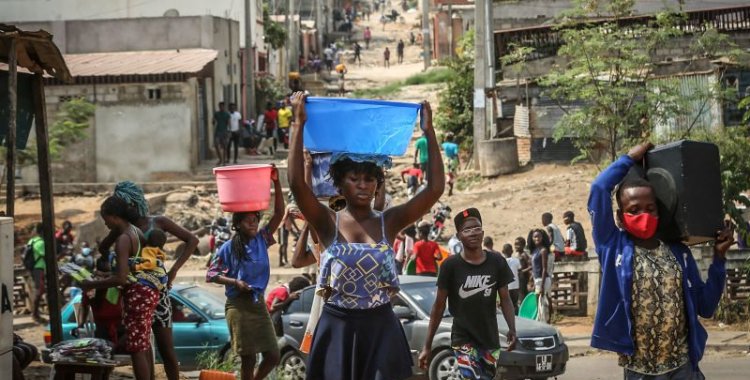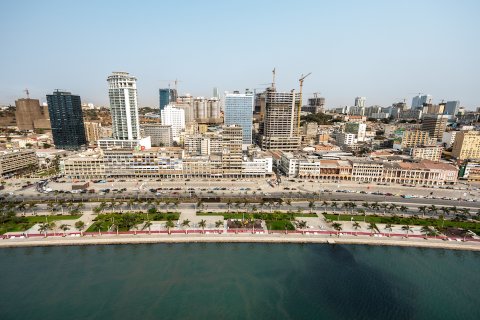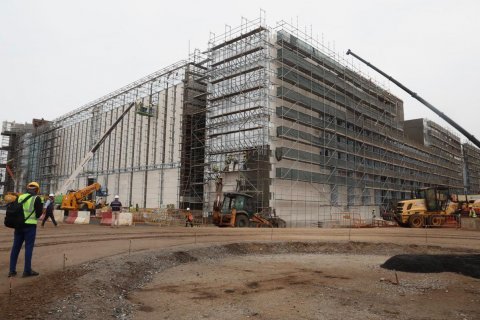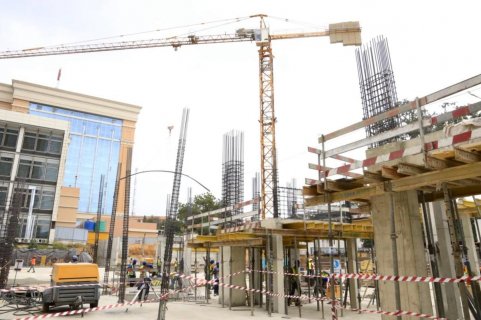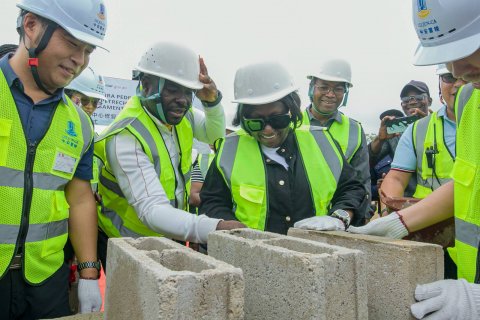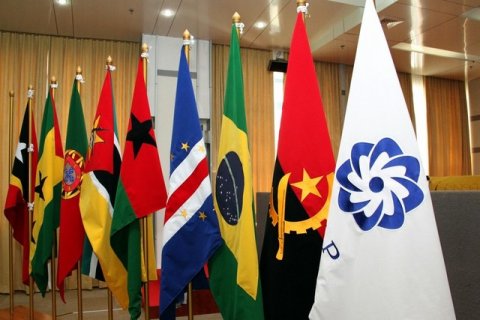Several neighborhoods, districts and municipalities of Luanda face a shortage of drinking water and the alternative, for many, has been to walk long distances with containers on their heads in search of water for their sanitation or food preparation.
Throughout the capital, it has been visible on the streets, adults and children who "dribble" the distance and the distancing imposed by covid-19 to get the liquid for their homes, which many times they only get through "intense discussion".
Dozens of residents of the São João neighborhood, urban district of Hoji-ya-Henda, municipality of Cazenga, one of the most populated in Luanda, go to a fountain, originating from a pipe they destroyed to get the water.
Amid disputes and heated discussions, and even exposed to the danger of being run over, because the pipe is on the side of the Porto Santo road, women, men, and children do not move from there until they get the water to satisfy their needs.
"We have been without water for many years here in the neighborhood, I am a resident of the neighborhood, I grew up here and it is complicated. This mess comes because there is no collaboration," Ana Adriano, 40, told Lusa.
The resident of the São João neighborhood laments the lack of water in the constituency, which has lasted for weeks, and assumed that the residents "decided to destroy the main pipe", dug two meters deep, where they "fight" for the possession of water.
"It wasn't well destroyed, we just saw the water rising and then as we are suffering without water we all invaded and from here we are taking advantage, water doesn't always come out, because from here we can wait another three or four days," she lamented.
Ana Adriano, is aware of the limitations and recommendations imposed by covid-19, such as regular hand washing, admitting that it is "difficult to comply with the guidelines of the health authorities with the constant lack of water.
People in that neighborhood of Cazenga also use water supplied by tanker trucks, and in times of scarcity, they may spend more than 1000 kwanzas daily.
"That's why we are asking the government to put water here in our neighborhood, because it's really complicated", he said.
The difficulties of access to water were also described by Domigas Dala, 50 years old, who considers the situation as "painful", stating that the resource has often been the water from the water tank, especially for the hygiene of the house.
He also complained of arbitrary charges of up to 300 kwanzas to have access to the source, urging the authorities to "end the suffering" that the inhabitants face "week after week.
The agglomeration of people in that water source, translated into a "stage of struggle for survival," was reproved by Joaquim Manuel 'Quim', a resident of that neighborhood, fearing the spread of covid-19.
Quim', as he is known in the area, recalled that years ago a team of Chinese technicians installed taps at the level of backyards, but these "remain inoperative", a situation that contributed to the people, "tired of waiting, destroyed the main pipe".
"So, it's through this fountain that we take a little bit of water, the mess in this hole doesn't end and when water is coming out each one does whatever he wants", said to Lusa.
The difficulties of access to drinking water are also experienced by the residents of the neighborhood of Estrada Nova, also in the municipality of Cazenga, whose scenery is marked by the uninterrupted movement of people.
Not even covid-19 inhibits parents or guardians from sending their children to the street in search of water, and the few places where the liquid flows are marked by floods of people and dozens of containers.
In the nine municipalities of the capital, with nearly eight million inhabitants, there are reports of water shortages that have lasted for weeks.
According to press reports, Empresa Pública de Águas de Luanda (EPAL) invested $250 million in 2012 to implement the "700,000 Connections Project" aimed at increasing water distribution in the capital.
To increase the coverage of water services in Angolan cities, the World Bank (WB) is financing with $200 million a second project that began in 2017 and is scheduled to end in 2023.

